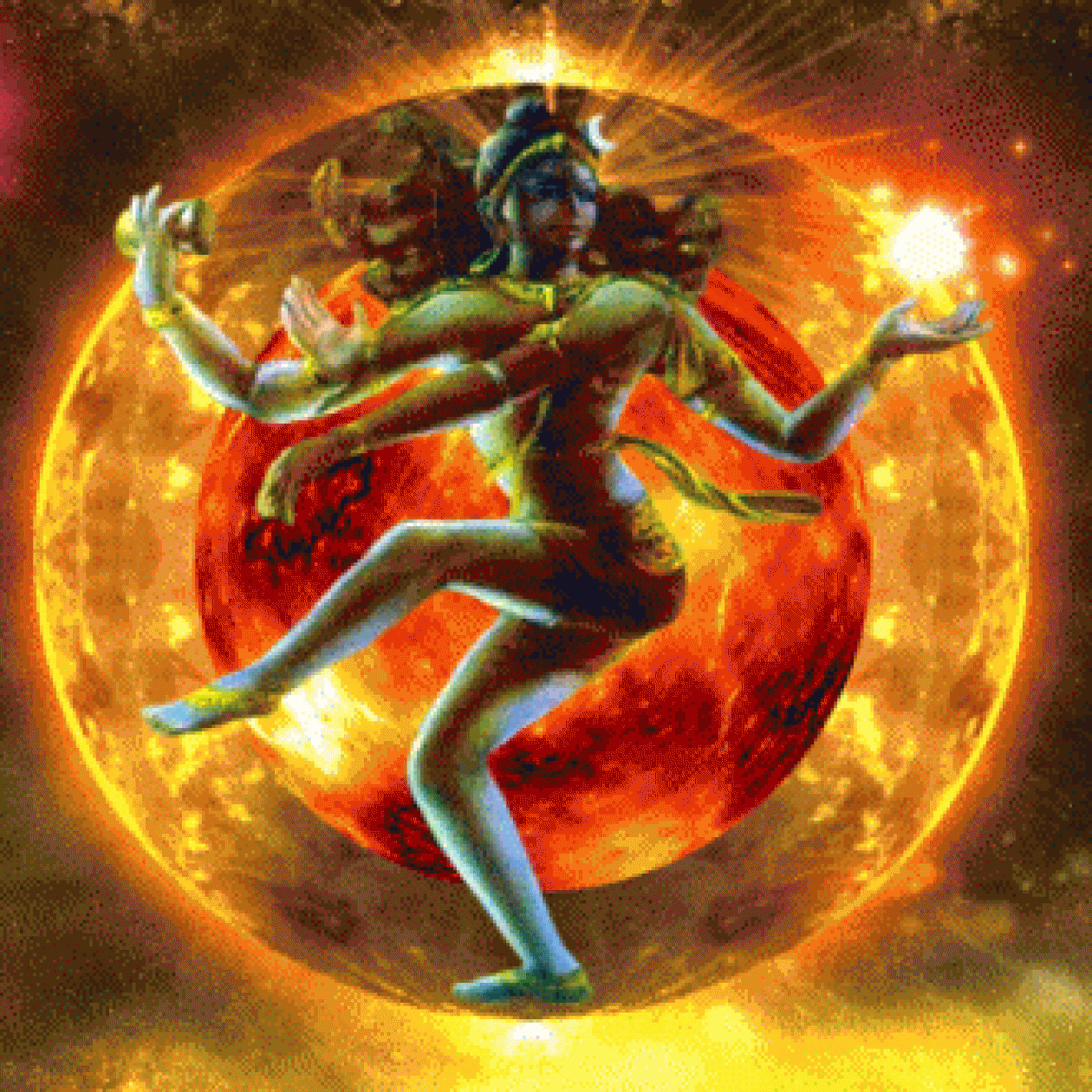Truth about Grand Trunk Road-Not Shershah built it!
India’s distorted history was started by Mughals and then completely changed by British and carried over by people, especially Romilla Thapar and Muslim education minister during Nehru reign and Nehru himself. With internet as free education, all falsehood is coming before eyes incuding Qutub Minar’s story as it is stated that Muslim ruler Qutubddin Eibak built it but he barely ruled Delhi for few years and Qutub Minar was an observatory built during Ashoka’s time as evidenced by many Hindu Gods still preserved in complex as well as there is a never rusted Iron Piller built by Ashoka. Same story is of Taj Mahal which was Shive Temple built by King Jai Sing Sisodiya and it was taken over by Shahjaha and converted to Musoleum. Real story is underneath where no body is allowed as they want to gide facts. Same story is for Red Forte. If Muslims were that good from Afghanistan and Suadi, how come they did not built any architectures in their own country. All bogus but Hindus are very weak people after Buddha turned them over from Hinduism to Buddhism and thus lost all country kike Iran, Afganistan etc and it is converted to Muslims fully by sword.
Here we talk about another false story taught in books and history that Grand Trunk Road was built by Shershah Suri.

The Grand Trunk Road was formerly also known as Uttarapath, Sadak-e-Azam, Badshahi Sadak, is one of Asia’s oldest and longest major roads. For at least 2,500 years, it has linked the Indian subcontinent with Central Asia. It runs roughly 2,400 kilometers from Chittagong, Bangladesh to Kabul, Afghanistan, passing through Allahabad (now Prayagraj) Howrah, Delhi, and Amritsar in India and Lahore and Peshawar in Pakistan.
Chandragupta Maurya the cynosure of Mauryan Empire in ancient India, built this highway along the ancient route called Uttarapatha or Uttarpath in the 3rd century BC, extending it from the mouth of the Ganges in Bangladesh (also called the delta) to the north-west frontier of the Empire. Further improvements to this road were made under Ashoka. It was rebuilt many times under Sher Shah Suri, the Mughals and even the British along the similar route. The old route was re-aligned by Sher Shah Suri to Sonargaon (central Bangladesh) and Rohtas (Bihar). The Afghan end of the road was once rebuilt under Mahmud Shah Durrani. The road was again considerably rebuilt in the British period between 1833 and 1860.
Now I’ll take you through the highways the numbers of which mostly start with N. The road coincides with current National Highway1 (Chittagong to Dhaka), and then N4 & N405 (Dhaka to Sirajganj in Bangladesh), N507 (Sirajganj to Natore again in Bangladesh) and N6 (Natore to Rajshai in Bangladesh and towards Purnea in India). The road further moves on NH 12 (Purnea—Bihar to Bakkhali—West Bengal), then NH 27 (Purnea to Patna), NH 19 (Kolkata to Agra), NH 44 (Agra to Jalandhar via New Delhi, Sonipat, Panipat, Ambala and Ludhiana) and NH 3 (Jalandhar to Attari, Amritsar in India and towards Lahore in Pakistan) via Wagah. Then you have N-5 Lahore, Gujranwala, Gujrat (this Gujrat is a city in Punjab province in Pakistan), Jhelum, Rawalpindi, Peshawar and Khyber Pass (towards Jalalabad in Afghanistan) in Pakistan and highway AH1 (that is Torkham-Jalalabad to Kabul) in Afghanistan.

Over the centuries, the road acted as one of the major trade routes in the region and facilitated both travel and postal communication. The Grand Trunk Road is still used for transportation in present-day Indian subcontinent, where parts of the road have been widened and included in the national highway system.
The Buddhist literature and Indian epics such as Mahabharatha provide the evidence of the Grand Trunk Road even before the Mauryan Empire. It was called Uttarpath or Uttarpatha or the “Northern road”. The road connected, the eastern region of India with Bactria in central Asia north of Hindu Kush.
The road before the modern Grand Trunk road was built by emperor Chandragupta Maurya and was based on the highway running from Susa (a city in Iran) to Sardis in Turkey. During the time of the Mauryan Empire in the 3rd century BCE, overland trade between India and several parts of Western Asia and the markets of Bactria went through, the cities of the north-west, primarily Takshashila (Pakistan) and Purushapura (modern-day Peshawar in present day Pakistan). Takshashila was well connected by roads with other parts of the Mauryan Empire. The Mauryas had maintained this very ancient highway from Takshashila to Patliputra (present-day Patna in India). Chandragupta Maurya had a whole army of officials overseeing the maintenance of this road as told by Greek diplomat Megasthenes who spent fifteen years at the Mauryan Court. Constructed in eight stages, this road is said to have connected the cities of Purushapura, Takshila, Hastinapura, Kanyakubja, Prayag, Patliputra and Tam-ralipta also known as Tamluk in West Bengal, a distance of around 2,600 kilometres (1,600 miles).
The route by Chandragupta was built over the ancient “Uttarapatha” or the Northern Road, which was mentioned by Panini, an ancient Sanskrit philo-logist, grammarian, and a revered scholar in ancient India. Emperor Ashoka has recorded in his edict about having trees planted, wells built at every half kos and many “nimisdhayas”, which is often translated as rest-houses along the route. Emperor Kanishka is also known to have controlled the Uttarapatha.
Sher Shah Suri, the medieval ruler of the Sur Empire (Sur Empire was an empire established by a Muslim dynasty of Afghan origin), is known to have rebuilt Chandragupta’s Royal Road in the 16th century. The old route was further re-routed at Sonargaon and Rohtas and its breadth was increased.
Fruit trees and shade trees were planted. At every 2 kos, a sarai was built. The number of kos minars (the medieval Indian milestones along the Grand Trunk Road in north India) and even the baolis were increased. Gardens were also built alongside some sections of the highway. Those who stopped at the sarai were provided free food. Sher Shah Suri’s son Islam Shah Suri also constructed an additional sarai in-between every sarai originally built by Sher Shah Suri on the road towards Bengal. More sarais were further built by the Mughals also. Jahangir under his reign issued a decree that all sarais be built of burnt brick (toughened bricks) and stone. Broad-leaved trees were planted in the stretch between Lahore and Agra. Jahangir also built bridges, over all water bodies that were situated on the path of the highways. The route was referred to as “Sadak-e-Azam” by Suri, and “Badshahi Sadak” by the Mughals.
In the 1830s the East India Company started a program of metalled road construction, for both commercial and administrative purposes. The road, now named Grand trunk Road, from Calcutta, through Delhi, to Peshawar (present-day Pakistan) was rebuilt at a cost of £1000/ mile. A Public Works Department along with a training institute (the erstwhile Thomason College of Civil Engineering which is now known as the Indian Institute of Technology Roorkee) was founded, to train and employ local surveyors, engineers, and overseers, to perform the work, and in future maintain it along with other roads.
The road is mentioned in a number of literary works including those of Foster and Rudyard Kipling. Kipling described the road as: “Look! Look again! and chumars, bankers and tinkers, barbers and bunnias, pilgrims – and potters – all the world going and coming. It is to me as a river from which I am withdrawn like a log after a flood. And truly the Grand Trunk Road is a wonderful spectacle. It runs straight, bearing without crowding India’s traffic for fifteen hundred miles – such a river of life as nowhere else exists in the world.”
The ensemble of historic sites along the road in India was submitted to the tentative list of UNESCO World Heritage Sites in 2015, under the title “Sites along the Uttarapath, Badshahi Sadak, Sadak-e-Azam, Grand Trunk Road”.
Psephologists sometimes refer to the area around the GT Road as,“GT Road Ambala to Sonepat sector, which has 28 legislative assembly seats“ within the context of elections. During the elections in Haryana the area on either side of the GT Road form constituencies where there is no dominance of one caste or community. So, it is referred to as the “GT road belt of Haryana.”
[youtube https://www.youtube.com/watch?v=QFYKW2FKNOE&w=560&h=315]Roads are like living beings. They keep transporting men and material centuries after century.
By Kamlesh Tripathi
*
https://kamleshsujata.wordpress.com








Reblogged this on GLOBAL HINDUISM.
LikeLike